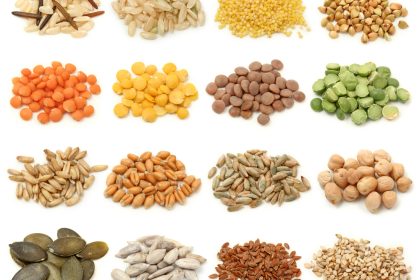November marks diabetes awareness month, a crucial time to focus on prevention, management, and lifestyle adjustments for the nearly 37 million Americans living with diabetes. Understanding both how to share vital health information and which dietary habits need modification can make a significant impact on community health outcomes.
Effective ways to spread diabetes awareness
Community engagement and education
Hosting local workshops and community events creates powerful opportunities for diabetes education. These gatherings bring together health professionals, including nutritionists, endocrinologists, and diabetes educators, who can share expertise and answer questions directly. Interactive sessions allow participants to learn about blood sugar management, lifestyle modifications, and prevention strategies in an engaging environment.
Digital outreach and social media
Social media platforms serve as valuable tools for spreading diabetes awareness. Regular posts featuring daily management tips, success stories, and educational content can reach thousands of people quickly. Creating dedicated hashtags like #DiabetesMonth helps build community engagement and encourages information sharing across networks. Visual content, such as infographics about symptoms and prevention, typically generates higher engagement and shares.
Educational partnerships
Schools and workplaces represent key venues for diabetes education. Educational programs can be tailored to different age groups, from children learning about healthy eating habits to adults understanding workplace wellness. Organizations can offer health screenings, distribute educational materials, and organize lunch-and-learn sessions about diabetes prevention and management.
Visual education tools
Infographics and visual aids help simplify complex medical information about diabetes. These tools can effectively communicate warning signs, risk factors, and management strategies. When designed well, visual resources make statistical data and medical concepts more accessible to diverse audiences.
Local business collaboration
Partnering with local businesses expands the reach of diabetes awareness efforts. Health clubs can offer special programs, grocery stores can highlight diabetes-friendly foods, and medical facilities can provide discounted screenings. These partnerships create multiple touchpoints for community education and support.
Essential dietary changes for diabetes management
Addressing sugar consumption
Managing blood sugar levels requires significant changes in sugar intake. This means:
- Eliminating sugary drinks and processed snacks
- Learning to read nutrition labels for hidden sugars
- Using natural sweeteners like stevia when needed
- Understanding the glycemic index of different foods
- Planning meals to prevent blood sugar spikes
Whole food focus
Transitioning from processed foods to whole ingredients helps maintain stable blood glucose levels. Key changes include:
- Choosing fresh vegetables and fruits
- Selecting lean proteins and healthy fats
- Preparing meals at home more frequently
- Reading ingredient lists carefully
- Avoiding fast food and convenience meals
Portion awareness
Controlling portion sizes plays a crucial role in diabetes management. Important strategies include:
- Using measuring cups and food scales
- Learning to estimate serving sizes
- Understanding carbohydrate counting
- Planning meals in advance
- Using smaller plates to control portions
Smart carbohydrate choices
Selecting the right types of carbohydrates makes a significant difference in blood sugar control:
- Choosing whole grains over refined grains
- Including more legumes and beans
- Selecting high-fiber vegetables
- Limiting white bread and pasta
- Understanding the timing of carbohydrate consumption
Fiber optimization
Increasing fiber intake helps regulate blood sugar levels and improves overall health:
- Adding more leafy greens to meals
- Including nuts and seeds in snacks
- Choosing whole grain products
- Incorporating beans and lentils
- Planning fiber-rich breakfast options
Looking forward
This November, communities have the opportunity to make a real difference in diabetes awareness and management. By combining effective information sharing with practical dietary guidance, we can help those affected by diabetes make meaningful changes in their lives.
The impact of diabetes awareness month extends beyond November, creating lasting changes in how people understand and manage this condition. Through continued education and support, communities can work together to reduce the impact of diabetes and improve public health outcomes.
This story was created using AI technology.













